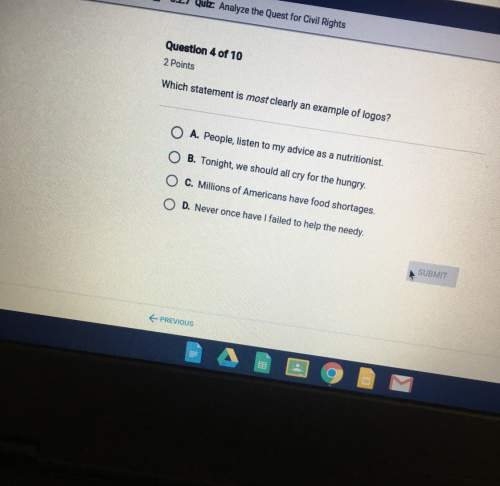
English, 27.09.2021 19:20 love123jones
Reading
Strange Bedfellows!" lamented the title of a recent letter to Museum News, in which a
certain Harriet Sherman excoriated the National Gallery of Art in Washington for its handling
of tickets to the much-ballyhooed "Van Gogh's van Goghs' exhibit. A hugo proportion of the
200,000 free tickets were snatched up by homeless opportunists in the dead of winter, who
then scalped those tickets at $85 apiece to less hardy connoiseurs
Yet, Sherman's bedfellows are far from strange. Art, despite its religious and magical
origins, very soon became a commercial venture. From bourgeois patrons funding art they
barely understood in order to share their protegee's prestige, to museum curators
stage-managing the cult of artists in order to enhance the market value of museum
holdings, entrepreneurs have found validation and profit in big-name art. Speculators,
thieves, and promoters long ago created and fed a market where cultural icons could be
traded like commodities
This trend toward commodification of high-brow art took an ominous, if predictable, turn in
the 1980s during the Japanese "bubble economy." At a time when Japanese share prices
more than doubled, individual tycoons and industrial giants alike invested record amounts in
some of the West's greatest masterpieces. Ryool Saito, for example, purchased van Gogh's
Portrait of Dr. Gachet for a record-breaking $82.5 million. The work, then on loan to the
I Metropolitan Museum of Modern Art, suddenly vanished from the public domain. Later
learning that he owed the Japanese government $24 million in taxes, Salto remarked that
he would have the paining cremated with him to spare his heirs the inheritance tax. This
statement, which he later dismissed as a joke, alarmed and enraged many. A representativo
of the Van Gogh museum, conceding that he had no legal redress, made an ethical appeal
to Mr. Saito, asserting, 'a work of art remains the possession of the world at large."
Ethical appeals notwithstanding, great art will increasingly devolve into big business. Firstly,
great art can only be certified by its market value. Moreover, the world at largo hasn't the
means of acquisition. Only one museum currently has the funding to contend for the best
pieces-the J. Paul Getty Museum, founded by the billionaire oilman. The art may disappear
into private hands, but its transfer will disseminate once static fortunes into the hands of
various investors, collectors, and occasionally the artist.
Question
What is the TOPIC (main idea) of this passage?
What is the SCOPE (specific focus) of this passage?
What is the PURPOSE of this passage? (What is the author trying to do with this passage?
Describe/explain, argue, advocate, etc...)
What notes would you jot down on your noteboard to paraphrase each paragraph?

Answers: 3
Another question on English

English, 21.06.2019 13:40
What does the first line in this stanza from old ironsides by oliver wendell holmes tell the reader about the ship
Answers: 3



English, 21.06.2019 20:00
The outsiders how johnny got hurt. how does this affect his personality ?
Answers: 1
You know the right answer?
Reading
Strange Bedfellows!" lamented the title of a recent letter to Museum News, in which a
Questions











Computers and Technology, 04.09.2019 20:30



Computers and Technology, 04.09.2019 20:30



Computers and Technology, 04.09.2019 20:30


Mathematics, 04.09.2019 20:30




